The Roman road or "Brunehaut road""
Roman road from Reims to Trier
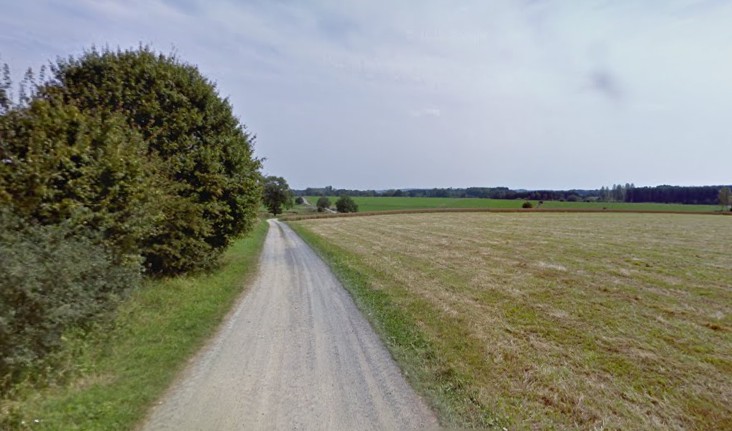
The Roman road connecting Reims to Trier passes through the municipality of Etalle.
Thanks to the inscription on the Buzenol milestone, reused in the keep of the ancient refuge of Montauban, we know that it was built by Emperor Claudius in 44 and 45 AD.
This terminal was originally located 57,000 steps (84 km) from Trier, or around Lenclos.
Indeed, during the first half of the first century, the region experienced a sudden and remarkable economic boom.
The Roman administration therefore consecrated this development by building an artery facilitating the flow of products to the nearest towns.
As far as possible, its course is straight, except in too deep valleys where the roadway adapts by hooks.
On its Belgian route, the road has only 3 changes of direction over 46 km (at Chameleux, Pin and Sampont).
Leaving Sampont, the road enters the territory of the commune of Etalle north of Villers-Tortru, then continues north of Vance to reach Etalle.
It crosses the Semois by a stony ford which has proven its strength to this day.
It will later be controlled by the Lenclos site and the Margelle castle.
After a 9,800-meter course in the municipality, it left it between Sainte-Marie and Poncelle.
In Etalle, the "Chemin des Romains" and in Sainte-Marie the "Chaussée Romaine" are now roads marked out on the initial route of the roadway.
This roadway is also called "Chaussée Brunehaut",
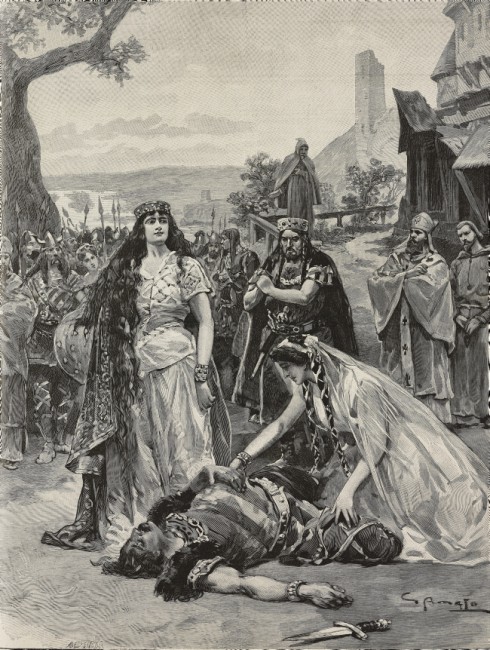
named after Queen Brunehaut, wife of Sigebert I, who ruled Austrasia in the 6th century.
Where does this name come from ?
To understand, we must remember the Merovingian history and the ups and downs of the tumultuous life of this queen and her rival Frédégonde.
Brunehaut and Frédégonde, two bloody queens

We are in 561, when Clotaire I, the last son of Clovis, has just died leaving his four heirs to share the kingdom of the Franks.
Sigebert, born from a first marriage to Clotaire, receives the kingdom of Reims (in yellow), which is called Austrasia, because it is the eastern part of the territory.
Austrasia includes Gaume, eastern France and the Rhine regions.
Chilpéric receives the kingdom of Soissons (in orange), also called Neustria, to qualify the western part.
Gontran receives the kingdom of Orleans (in blue-gray), with the Loire Valley.
Caribert receives the kingdom of Paris (in green), or all of North-West Gaul.
But 6 years later, Caribert died without leaving any male descendants and his land was redistributed among the other three brothers.
The other territories remain independent.
We can then imagine that with such a convoluted configuration, small wars between brothers would not be long ...
But these rivalries could have been less bloody without the contribution of the wives of the sovereigns: Frédégonde and Brunehaut.
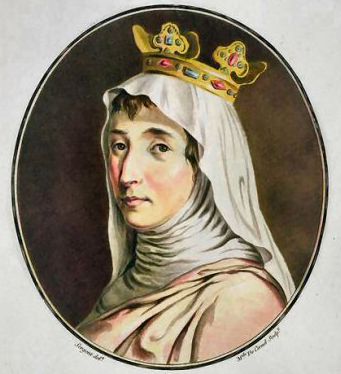
Frédégonde is a young woman, petulant and pretty, but also devilish.
She is the servant of Queen Audovère, the wife of King Chilpéric of Neustria and dreams of marrying the king herself.
By cunning, she ends up becoming one of his concubines and even his favorite.
Among the Merovingians, Christian monogamy was not yet accepted.
Audovère was expelled from the royal bed after having given four children to Chilpéric, condemned to take the veil and to retire to the convent.
The king must then remarry and would perhaps consider that it should be with Brunehaut.
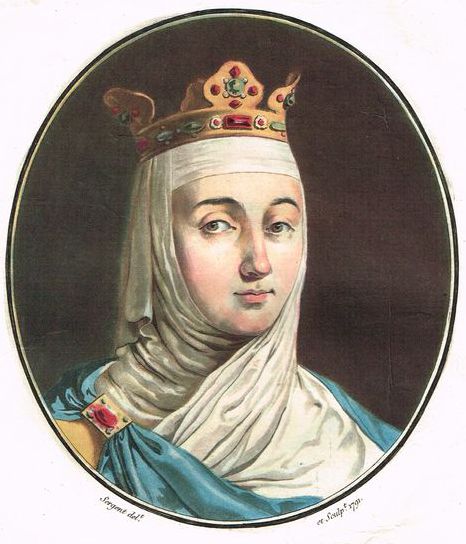
Brunehaut is pretty, full of wit, grace and elegance, she is the daughter of the King of the Visigoths of Hispania.
She married Sigebert, the king of Austrasia, who is faithful to his wife and who does not intend to cede her to his half-brother.
This one must be satisfied to marry the sister of Brunehaut, Galswinthe, a woman with a somewhat ungrateful physical, but whom Chilpéric marries for her rank.
Less than a year after the nuptials, she is found strangled and stabbed in the marital bed.
One talk about self-strangulation, but Brunehaut cannot believe that and suspects Frédégonde has something to do with it.
Especially since only after a week of widowhood, Chilpéric marries Frederic, pregnant with her works.
Brunehaut then swears the loss of her sister's murderers.

A fierce and merciless struggle then begins between the two rival kingdoms and especially the two queens.
Brunehaut begs her husband Sigebert to avenge his sister's honor and to go to war against Chilpéric, it is the kick-off of the "royal faide", a Germanic form of blood feud.
This will turn into a real war between Neustria and Austrasia.
After five years of conflict, Sigebert finally invaded the lands of Chilpéric in 575 and brilliantly led a siege against the city of Tournai where Chilpéric had taken refuge.
The latter is forced to surrender and cede many territories to his brother.
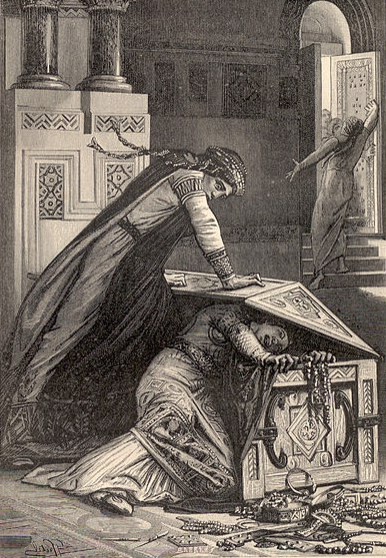
Several murders are attributed to Frédégonde:
• Queen Galswinthe , second wife of Chilpéric and sister of Brunehaut.
• Sigebert , king of Austrasia and new king of Neustria, after his victory against his brother.
On his return from his conquest, he was assassinated by men in the pay of Frédégonde.
• Clovis , the last surviving son of Chilpéric's union with his first wife Audovère.
Frédégonde has him murdered out of jealousy, because her own children have died of dysentery.
• Basine , daughter of Chipéric and Audovère.
There, she does not kill her, but has her raped so that she loses her honor and her rights to the royal succession.
• Queen Audovère , Chilpéric's first wife.
Frédégonde has her slaughtered in the convent where she was recluse since her husband's repudiation.
• Her husband Chilpéric , because she gave birth to a son (of whom Childeric is not the father) and she wants him to become sovereign.
And it will be the case: he will become Clotaire II and take over the bloody torch from his mother.
• Praetextat , the archbishop of Rouen, assassinated in full mass, because he had sealed the union of Brunehaut with Mérovée, son of Chilpéric (and therefore nephew of Brunehaut ...) .
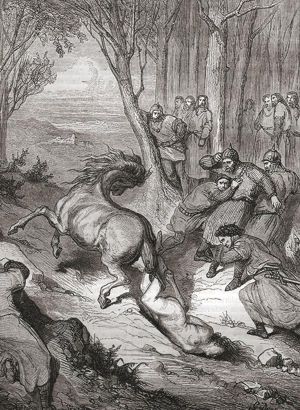
And Brunehaut? Is she really spotless?
Of course, she built hospitals, churches, monasteries and restored Roman roads.
But her thirst for power makes her become cruel and just as ambitious as her rival.
It is long after the death of the latter that she herself will end her life in a terrible way.
Clotaire II undertook to execute him to avenge his mother Frédégonde.
The queen is tied to a horse's tail, by the hair, a leg and an arm.
Under the blows of the hoof of the galloping beast, the body of the queen is disarticulated, dislocated, torn.
This was the end of the queen of Austrasia, in 613: she was 66 years old!
So why "Chaussée Brunehaut"?
Historians do not all agree that this name is linked to the Merovingian queen.
It is true that she would have initiated the repair of some roads, including Roman causeways.
But is this enough for a large number of these ancient routes to take the name of "Chaussées Brunehaut"?
The Belgian historian Vannerus has shown in any case that this name was used exclusively in Romance-speaking countries and the oldest mentions are found in Artois and Picardy (and therefore, rather in Neustria ...).
Some suggest a connection with Brunehilde, the valkyrie (Nordic female deity), the "wonder maker", to show the "evil" character of these Roman roads.
Indeed, in the Middle Ages, these Roman causeways, passing in a straight line through ploughings and woods, often on ridges, without taking into account built-up areas, were often attributed to the devil, because a "supernatural intervention" was needed to justify such achievements.
It was probably also how the Merovingian queen Brunehaut was, at that time, perceived in our regions, by people who probably did not know Frédégonde, yet still much more Machiavellian ...